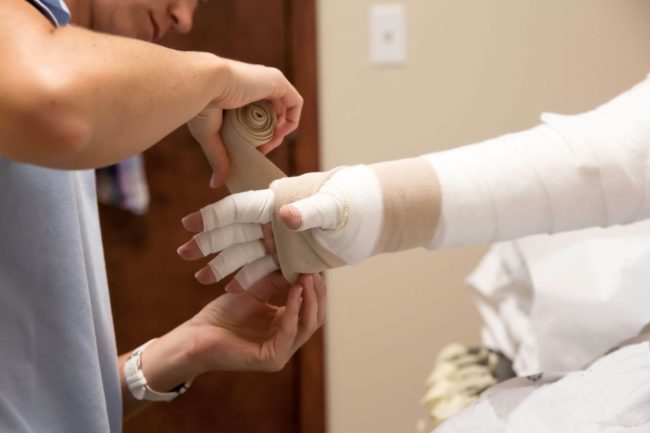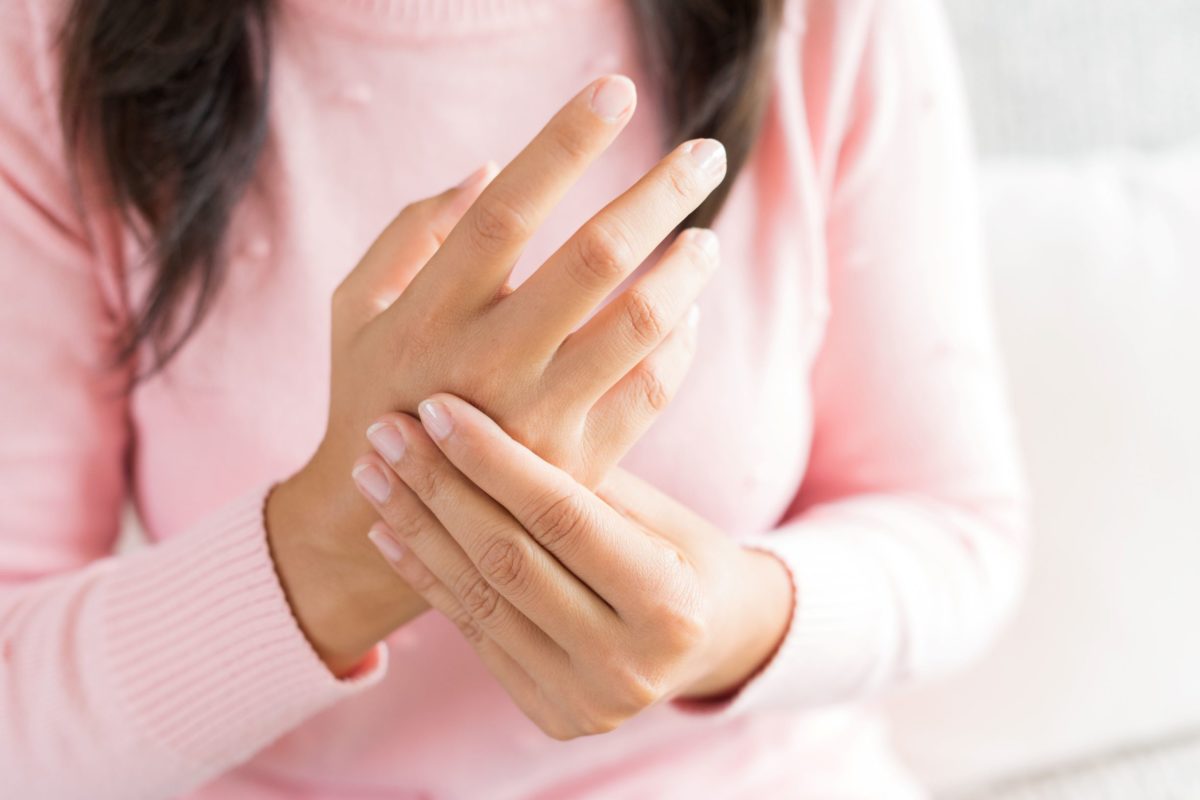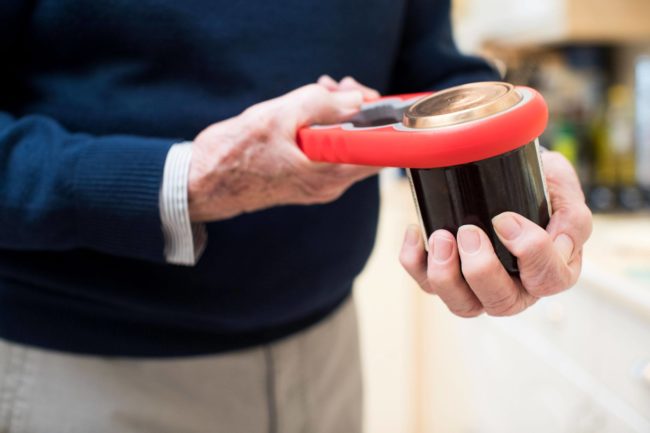A majority of our patients come in due to broken bones, carpal tunnel syndrome, trigger finger, nail bed injuries, cysts, arthritis, sprains, fractures, and similar concerns. In some cases, however, pain or numbness in the hands or arms may be indicators of underlying health conditions that require further treatment.
We’re not trying to scare anyone here. It’s important not to become overly concerned about the symptoms you’re feeling in your hands, as there likely is a relatively straight-forward explanation and effective solution.
However, you should always get examined by our hand surgeon or your family physician to evaluate the source of your pain. Arthritis, for example, is one condition commonly associated with numbness and pain, but there are many other health conditions that frequently show symptoms in the hands and arms. Following are some of these conditions.
1. Cardiovascular Disease
Diseases of the heart and arteries make it difficult for the heart to pump blood efficiently, possibly leading to weakness in the limbs. Cardiovascular diseases also may lead to blood clots in arteries anywhere in the body.
2. Parkinson’s Disease
If you’re not moving and have tremors in your hands, this could possibly be an early sign of Parkinson’s disease. There may be many other explanations for these tremors, but this is one possible reason. Your symptoms should be evaluated by a physician before you can rule out this possibility. In addition to tremors, symptoms of Parkinson’s disease include:
- small handwriting
- a diminished sense of smell
- trouble sleeping
- trouble walking or moving
- masked face
- soft or low voice
- constipation
- stooping or hunching over
3. Blood Clots Due to PVD or PAD
Peripheral venous disease or peripheral artery disease can lead to blood clots, poor circulation, and other symptoms that may be visible in the arms.
4. Impending Heart Attack
Pain from a heart attack may spread to the arms. If you experience pain in your chest and believe it’s due to a possible heart attack, call 911 for emergency care.
5. Impending Stroke
Remember the acronym FAST: Face, Arms, Speech, Time. Signs of a stroke include facial drooping, arm weakness, and speech difficulties. If you see this, Time is of the essence. Call 911 immediately; the sooner you get help, the less likely it is for the individual to experience permanent disability.

6. Lymphedema
A very rare condition, lymphedema leads to swelling in the arms and legs due to a buildup of fluid.
7. Raynaud’s Phenomenon
Also known as Raynaud’s diseases, this condition is characterized by the discoloration of the fingers or toes in particular situations, such as being in the cold or having specific emotions. Despite its name, it’s a relatively common disease with approximately 200,000 cases being diagnosed per year.
8. Buerger’s Disease
Commonly associated with smokers, Buerger’s disease is a rare disorder characterized by narrowing or blockage of the veins and arteries of the extremities. This results in reduced blood flow to these areas, as well as pain, sores on the arms, discoloration of the hands, and leg cramping.
9. Hemiplegic Migraines
During an attack, individuals who have hemiplegic migraines experience weakness on one side of the body. This may involve a feeling of numbness or a pins-and-needles sensation in the face, arm, and leg.

10. Herniated Disk or Other Spine-Related Concerns
A herniated disk or other diseases of the spine can lead to pain or numbness in the arms due to pinched nerves.
11. Peripheral Neuropathy
A general term for several disorders, peripheral neuropathy results from damage to the body’s peripheral nervous system. The peripheral nervous system connects the nerves running from the brain and spinal cord (central nervous system) to the rest of the body, including the arms and hands. Peripheral neuropathy occurs when nerves are damaged and don’t function as they should, leading to numbness and pain in the extremities.
If you are experiencing pain in your hands, wrists, or arms, make an appointment to see Dr. Arora. We will evaluate your symptoms to determine the source of the discomfort.
If you experience an urgent medical concern, call 911 or go to your nearest emergency room.


















